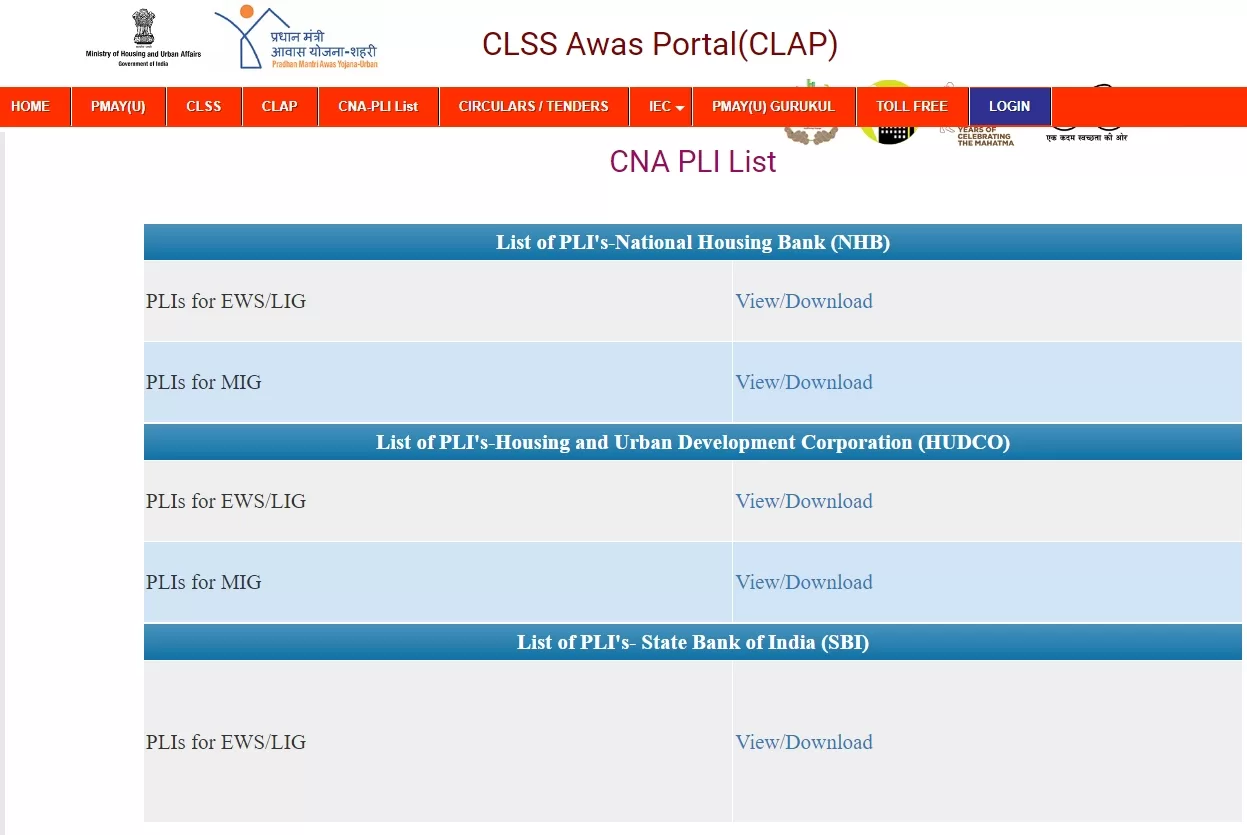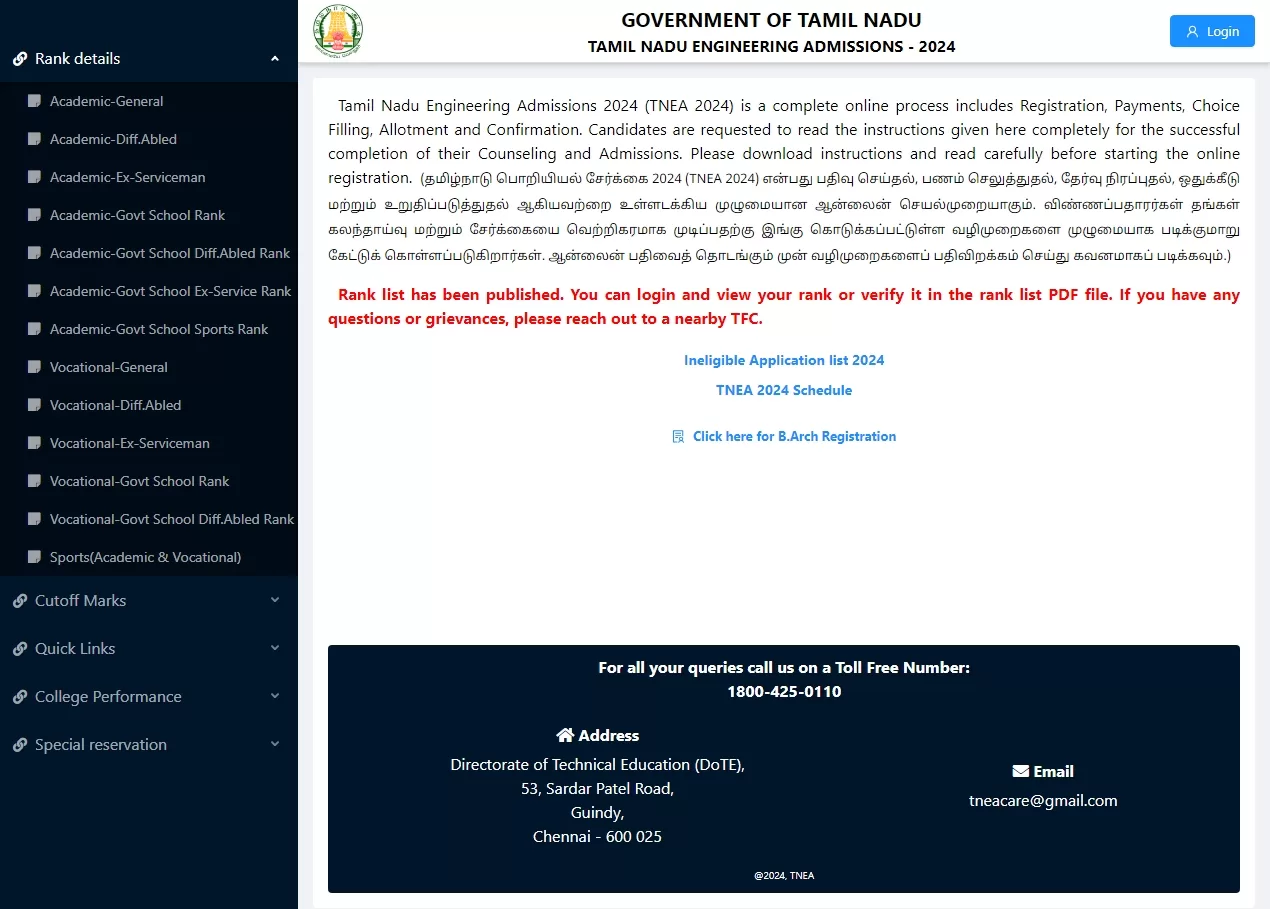Introduction
In today’s digital age, social media has become a cornerstone for branding. With millions of active users across various platforms, it’s an indispensable tool for businesses aiming to establish and grow their presence. This article will walk you through the top strategies to boost your brand using social media, ensuring you engage your audience effectively and achieve your branding goals.
Understanding Your Brand
Defining Your Brand Identity
Before diving into social media, it’s crucial to understand your brand. What does your brand stand for? What are its core values and mission? Defining your brand identity is the first step in creating a cohesive social media strategy. Your brand’s voice, tone, and visual style should reflect its identity consistently across all platforms.
Setting Clear Brand Goals
Establishing clear, measurable goals is essential. Are you aiming to increase brand awareness, drive website traffic, or boost sales? Setting specific objectives will help you tailor your social media efforts to achieve these targets.
Identifying Your Target Audience
Analyzing Demographics
Knowing your audience is key to effective branding. Analyze demographics such as age, gender, location, and interests. This information will guide you in creating content that resonates with your target audience.
Creating Customer Personas
Develop detailed customer personas to understand your audience’s needs and preferences. These personas should include information about their challenges, motivations, and behavior patterns.
Choosing the Right Platforms
Overview of Popular Social Media Platforms
Each social media platform has its unique strengths. For instance, Instagram is visual-centric, while LinkedIn is more professional. Understanding the nuances of each platform will help you decide where to focus your efforts.
Selecting Platforms Based on Audience and Goals
Choose platforms that align with your audience and branding goals. If you’re targeting young adults, platforms like Instagram and TikTok might be more effective. For B2B branding, LinkedIn could be the better choice.
Creating Engaging Content
Types of Content That Resonate
Content is king in social media. Create a mix of content types such as images, videos, stories, and blog posts. Engaging content often includes behind-the-scenes looks, customer stories, and interactive elements like polls and quizzes.
Balancing Promotional and Value-Added Content
Avoid being overly promotional. Instead, focus on providing value to your audience. Share tips, insights, and content that addresses their needs and interests. This builds trust and positions your brand as an authority in your field.
Developing a Content Calendar
Importance of Consistency
Consistency is crucial in maintaining an active social media presence. A content calendar helps you plan and organize your posts, ensuring you post regularly and at optimal times.
Tools for Scheduling and Managing Content
Use tools like Hootsuite, Buffer, or Sprout Social to schedule posts and manage your content calendar. These tools also provide analytics to track performance.
Utilizing Influencer Partnerships
Finding the Right Influencers
Influencer marketing can amplify your brand’s reach. Look for influencers who align with your brand values and have a genuine connection with their audience.
Building Authentic Relationships
Build authentic relationships with influencers. Collaborate on content that feels natural and genuine, rather than forced endorsements.
Leveraging User-Generated Content
Encouraging Customer Participation
User-generated content (UGC) is a powerful way to build community and trust. Encourage your customers to share their experiences with your brand on social media.
Showcasing User Stories and Testimonials
Share user stories and testimonials on your platforms. This not only provides social proof but also engages your audience by making them feel valued.
Implementing Paid Advertising
Benefits of Paid Social Media Ads
Paid advertising can boost your brand’s visibility and reach. It allows you to target specific demographics and achieve quick results.
Creating Effective Ad Campaigns
Design eye-catching ads with clear calls to action. Test different ad formats and strategies to see what works best for your brand.
Engaging with Your Audience
Responding to Comments and Messages
Engagement is a two-way street. Respond to comments and messages promptly. Show your audience that you value their input and feedback.
Building a Community
Create a sense of community by initiating conversations and encouraging user interaction. Host live sessions, Q&As, and discussions to foster a closer connection with your audience.
Analyzing Performance Metrics
Key Metrics to Track
Track metrics such as engagement rate, reach, impressions, and conversion rate. These metrics will help you understand what’s working and where you need to improve.
Adjusting Strategies Based on Data
Use data insights to refine your social media strategy. Be flexible and willing to adapt based on what the metrics reveal.
Staying Updated with Trends
Following Industry Trends
Stay updated with the latest trends in social media and your industry. This helps you keep your content relevant and engaging.
Adapting to Platform Changes
Social media platforms frequently update their algorithms and features. Adapt your strategies to leverage these changes effectively.
Maintaining Brand Consistency
Ensuring Visual and Message Consistency
Consistency in visuals and messaging strengthens your brand identity. Use the same color schemes, fonts, and tone of voice across all platforms.
Aligning Social Media with Overall Brand Strategy
Ensure your social media efforts align with your overall brand strategy. This creates a cohesive brand experience for your audience.
Crisis Management
Handling Negative Feedback
Negative feedback is inevitable. Address it professionally and constructively. Show your audience that you care about resolving their issues.
Effective Communication During Crises
In times of crisis, communicate transparently and promptly. Keep your audience informed and maintain trust by handling the situation responsibly.
Conclusion
Boosting your brand with social media requires a strategic approach and consistent effort. By understanding your brand, engaging with your audience, and staying adaptable to changes, you can effectively leverage social media to grow your brand. Remember, the key is to create meaningful connections with your audience and provide them with valuable content.
FAQs
How can small businesses benefit from social media branding?
Small businesses can increase their visibility, engage with customers, and build a loyal community without a large marketing budget.
What is the best way to measure social media success?
Measure success through metrics like engagement rate, reach, impressions, and conversion rates. These indicators show how well your content is performing and driving business goals.
How often should I post on social media?
Posting frequency depends on the platform and your audience. However, consistency is crucial. Aim for at least 3-4 times a week to stay relevant.
Can social media marketing work without paid ads?
Yes, organic social media marketing can be effective. Focus on creating engaging content, leveraging user-generated content, and building community engagement.
How do I choose the right influencer for my brand?
Select influencers whose values align with your brand and who have an engaged and relevant audience. Authenticity is key to successful influencer partnerships.






